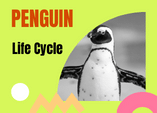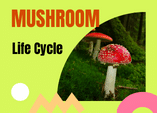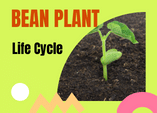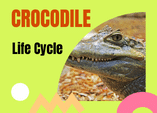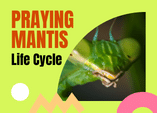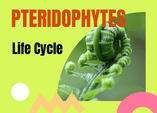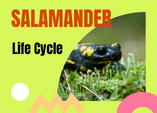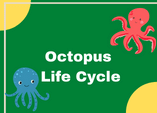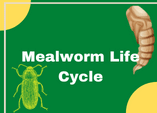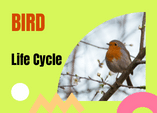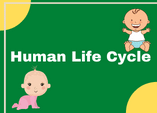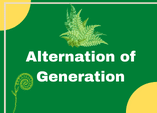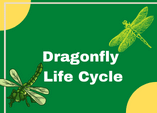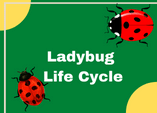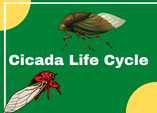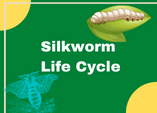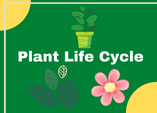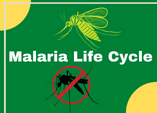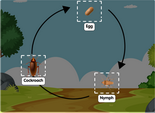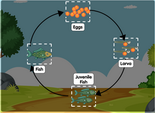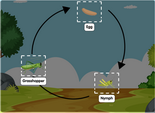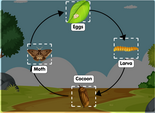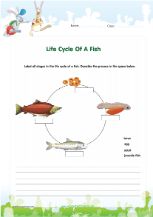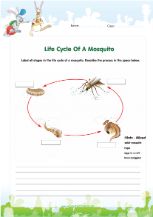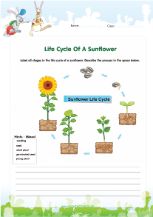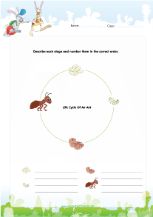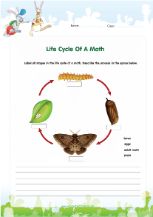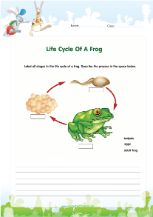Interactive Life Cycle Diagrams Of Animals & Plants Online
Interactive Life Cycle Diagrams Of Animals & Plants | Mealworm Life Cycle | Octopus life Cycle | life cycle of a fly | life cycle of a mosquito | life cycle of a flowering plant | life cycle of a fish & more. Interactive online diagrams of animal and plant life cycles allow users to explore the stages of growth and development in an engaging and accessible way. With features like animations, videos, and audio, these diagrams bring the life cycles to life and provide a dynamic learning experience. These diagrams are ideal for students, teachers, and anyone interested in nature. Check out our life cycle inventory and please share.
Life Cycle Diagrams Worksheets pdf
The life cycle of plants and animals is an important concept for children to understand. It helps them to understand how different organisms grow and change over time, and how they fit into the larger ecosystem. Life cycle worksheets can be a great tool for helping kids to learn about this concept in a fun and interactive way.
There are many different stages in the life cycle of plants and animals, and life cycle worksheets can help kids to understand each one. For example, a plant life cycle worksheet might include illustrations of the different stages of a plant's life, from seed to adult. Children can learn about how a seed germinates and grows into a seedling, and how the plant eventually produces flowers and fruit.
Animal life cycle worksheets can also be very informative for kids. They can learn about the different stages of an animal's life, from birth to adulthood. For example, a butterfly life cycle worksheet might include illustrations of the different stages of a butterfly's life, from egg to caterpillar to chrysalis to adult butterfly.
Life cycle worksheets can be a great way to introduce kids to the concept of metamorphosis, or the process of transformation that many animals go through as they grow and change. They can also help kids to understand how different animals and plants fit into the larger ecosystem, and how they interact with other living things in their environment.
Overall, life cycle worksheets are a great educational tool for kids, and can help them to understand the fascinating world of plants and animals in a fun and interactive way.
This page features a collection of interactive online life cycle diagrams for children to learn the different stages by dragging and dropping and also learning the spellings of each stage. This is a great classroom activity. It can be used as a life cycle worksheet resource online, hence students are spared the inconvenience of printing out worksheets and making mistakes. Learning the life cycle of animals in this way makes it easy to understand this essential biology skill. Generally, with insects, some have a complete metamorphosis going from egg, larva, pupa and adult. Others go from egg, nymph to adult directly. For animals, it is a bit different. In fish for example, it goes from eggs first right up to adults. For toads and frogs, it is a slightly different life cycle; it goes from eggs to tadpoles, froglet and then adult. Each stage is different. With some insects and animals, the different stages of the life cycle have a different diet. Butterflies are reputed for having a change in diet throughout the different stages. What is common amongst animals and insects is that the end of their life cycles are the adult stages which are either male or female, ready to start a new cycle allover. This page features life cycles of animals which can be seen below. The page covers science for children in 1st grade, 2nd grade, 3rd grade, 4th grade, 5th grade and 6th grade. In the UK system of education, this is equivalent to science for year 2, year 3, year 4, year 5, year 6, year 7 and year 8. | Blowfly life cycle | Apple Life Cycle | Shrimp Life Cycle | Pine Tree Life Cycle | Duck Life Cycle | Silverfish Life Cycle | Crab Life Cycle | Maize Plant Life Cycle | Whitefly Life Cycle | Spotted Lanternfly Life Cycle |
What are the 5 stages of a plant life cycle?
The five stages of a plant life cycle are:
-
Seed stage: This is the starting stage of a plant's life cycle where a seed germinates and begins to grow.
-
Germination stage: During this stage, the seed sprouts, and a shoot emerges from the soil.
-
Vegetative stage: During this stage, the plant grows leaves and branches and becomes more established.
-
Reproductive stage: During this stage, the plant produces flowers and seeds, which will then grow into new plants.
-
Maturity and senescence: This is the final stage of a plant's life cycle, where it reaches full maturity and eventually begins to die and decay.
It's worth noting that the length of time for each stage can vary greatly between species and growing conditions.
What is the major environmental condition that affects the life cycle of animals?
The major environmental conditions that can affect the life cycle of animals include:
-
Climate: The type and variation of temperature, rainfall and humidity levels can influence the distribution, behavior, and survival of animals. For example, the polar bear is adapted to live in the Arctic, with a thick fur coat to protect from the cold, while reptiles, such as the Green Sea Turtle, need warm temperatures to regulate their body heat.
-
Habitat: The physical environment, such as the availability of food, water, and shelter, can have a significant impact on the survival of animals. Destruction of habitats, such as deforestation, can result in a decline in the populations of many species.
-
Pollution: Contamination of air, water, and soil by toxic substances can negatively affect the health and reproduction of animals, leading to population declines or even extinction. For example, mercury pollution in the ocean has led to the contamination of fish, which can pose a threat to animals that feed on these fish.
-
Over-exploitation: Hunting, fishing, and other human activities that target animals for their resources can have a profound impact on their populations. For example, over-fishing of certain species can lead to a decline in their populations and disrupt the balance of marine ecosystems.
-
Natural disasters: Natural disasters, such as hurricanes, earthquakes, and wildfires, can have a significant impact on the populations of animals. These events can destroy habitats, alter migration patterns, and cause direct loss of life.
These environmental factors interact with each other and can have both direct and indirect effects on the life cycle of animals. Understanding the relationships between animals and their environment is crucial for the conservation and management of biodiversity and ecosystems.
Resources On this Page For Teachers
- Life cycle games for 3rd grade
- Life cycle games for kindergarten
- Interactive life cycles
- Life Cycle games for k-12
- Drag and drop online life cycle activities
- Printable worksheets on plant life cycles
- Pdf worksheets on animal life cycles

